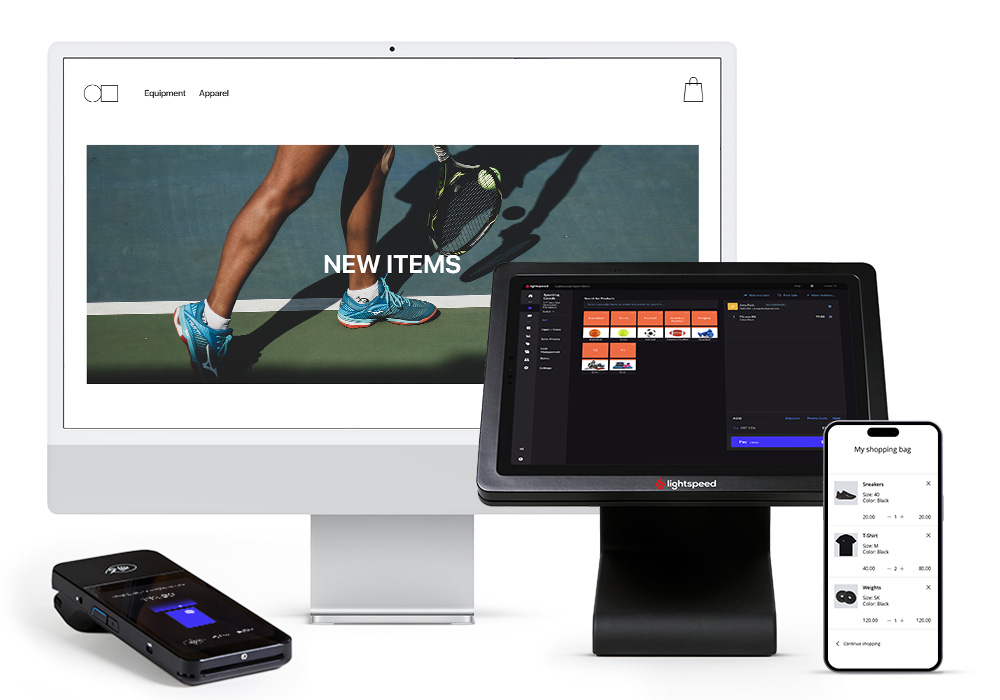Which is better—cloud or local? Restaurant POS Software deployment options explained
How POS System Functions: A Comprehensive Overview for Company Owners

Understanding the Elements of a POS System

Exactly How Sales Deals Are Refined
When a client chooses to purchase, the sales deal initiates a series of organized steps within the POS system. First, the cashier inputs the items being acquired, which are checked with a barcode reader or by hand gone into. This activity obtains item details, including prices and suitable taxes, from the system's database.Next, the consumer is offered with the total amount due. The POS system then refines the payment, whether via money, debt card, or mobile repayment approaches (Restaurant POS Software). For electronic settlements, the POS firmly interacts with settlement processors to license and validate the transaction.Once the payment is validated, the system creates an invoice, which can be published or sent digitally. This receipt offers as evidence of purchase for the customer. Finally, the transaction data is recorded in the system, making sure precise sales records and economic tracking for the business
Stock Administration and Tracking

Reliable stock management and monitoring are necessary components of a POS system, as they assure that services preserve suitable supply degrees and reduce discrepancies. A durable POS system allows for real-time stock updates, mirroring sales and returns instantaneously. This makes it possible for entrepreneur to keep an eye on stock levels accurately, guaranteeing that popular items are conveniently available while protecting against overstocking of much less preferred products.Additionally, progressed POS systems provide functions such as computerized supply notifies and reorder suggestions, enhancing the procurement procedure. Barcoding and RFID modern technology enhance precision in tracking stock motion, minimizing human mistake. Extensive reporting devices give insights right into supply turnover prices, aiding companies make informed decisions about buying and item offerings. Eventually, efficient supply monitoring through a POS system not just enhances functional efficiency but additionally boosts consumer satisfaction by making sure item accessibility.
Evaluating Client Data and Insights
Client data evaluation offers as a powerful device for services using a POS system (Restaurant POS Software). By checking out and gathering transaction data, businesses can uncover valuable understandings regarding customer actions and choices. This analysis allows them to determine buying patterns, peak buying times, and preferred products, therefore notifying stock decisions and advertising and marketing strategies.Additionally, organizations can segment their customer base, enabling individualized marketing initiatives that satisfy particular demographics or acquiring habits. Comprehending client loyalty patterns also helps in developing targeted incentives and promotions programs.The data amassed from a POS system can likewise reveal understandings right into client comments, enabling companies to make informed choices relating to item offerings and solution enhancements. Ultimately, leveraging client information effectively can enhance the general buying experience, foster consumer contentment, and drive profits development
Benefits of Executing a POS System

Regularly Asked Inquiries
What Kinds Of Companies Can Benefit From a POS System?
Different organizations gain from a POS system, including stores, dining establishments, beauty parlors, and ecommerce platforms. These systems enhance deals, stock administration, and customer data, boosting functional effectiveness and boosting customer experience across diverse industries.
Just how Much Does a POS System Usually Expense?
The expense of a POS system usually varies from a couple of hundred to numerous thousand bucks, depending upon features, hardware, and software. Businesses have to consider ongoing charges for transaction, upkeep, and support processing when budgeting.
Can I Integrate a POS System With Existing Software?
Incorporating a POS system with existing software is commonly practical. Lots of systems supply APIs or integrated compatibility functions, allowing companies to streamline procedures and enhance functionality by linking numerous software application applications efficiently.
What Training Is Needed for Team to Use a POS System?
Educating for personnel to utilize a POS system generally consists of understanding software application capabilities, refining Extra resources transactions, handling inventory, and handling resource client communications. Practical demos and hands-on practice enhance proficiency and confidence in operation the system properly.
What Occurs if the Internet Goes Down While Utilizing a POS System?
If the net goes down during POS system usage, transactions may be disrupted. Many systems provide offline abilities, allowing basic operations to continue, however full performance, consisting of real-time supply updates, will be restricted. A Point of Sale (POS) system is composed of a number of crucial parts that work with each other to take care of and facilitate deals company operations. Efficient stock administration and monitoring are essential parts of a POS system, as they ensure that businesses keep suitable stock levels and reduce discrepancies. Customer information analysis offers as a powerful tool for companies making use of a POS system. Understanding her comment is here customer commitment patterns additionally helps in establishing targeted benefits and promotions programs.The data gleaned from a POS system can also reveal understandings right into customer responses, making it possible for organizations to make enlightened choices concerning product offerings and service renovations. Applying a POS system supplies numerous benefits that can considerably improve company operations.